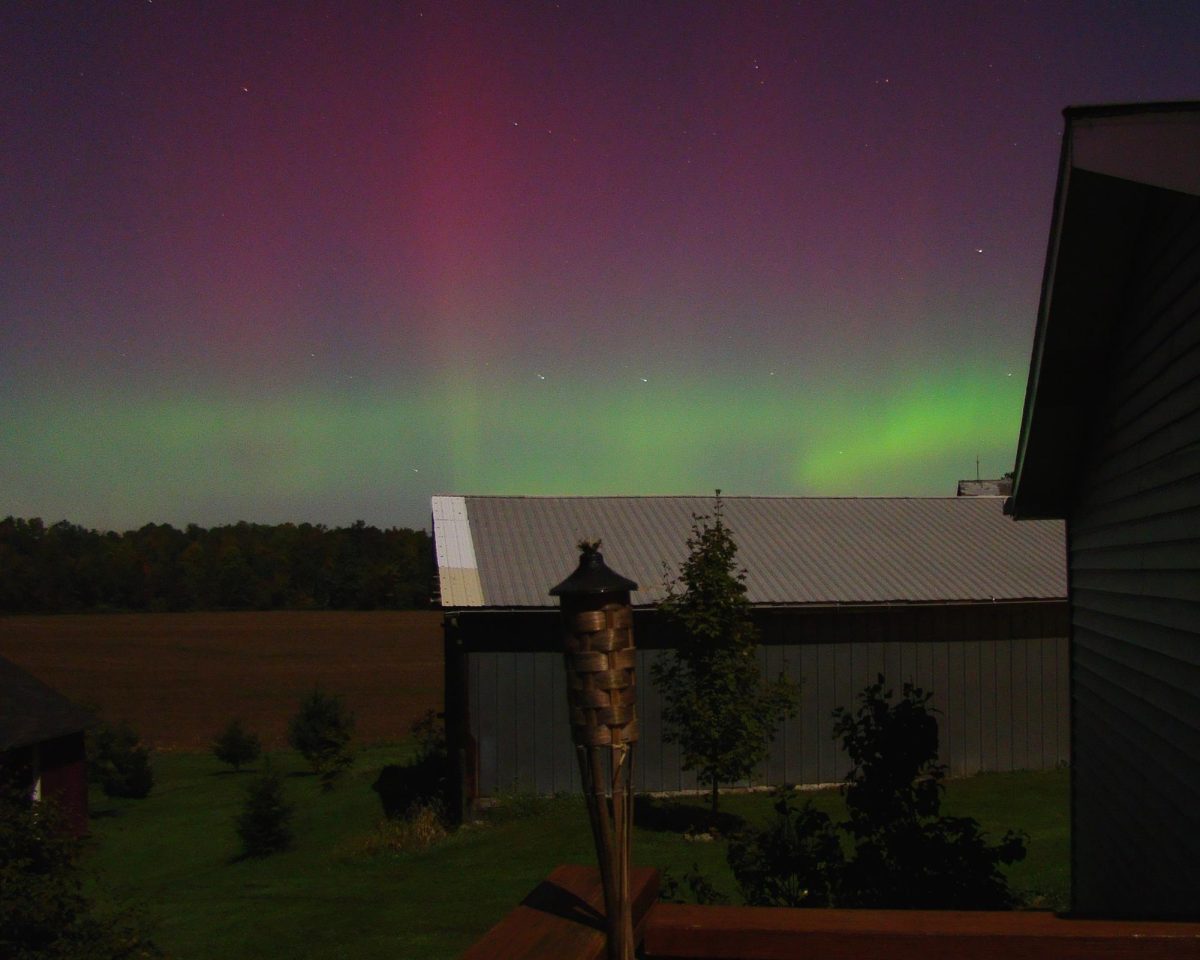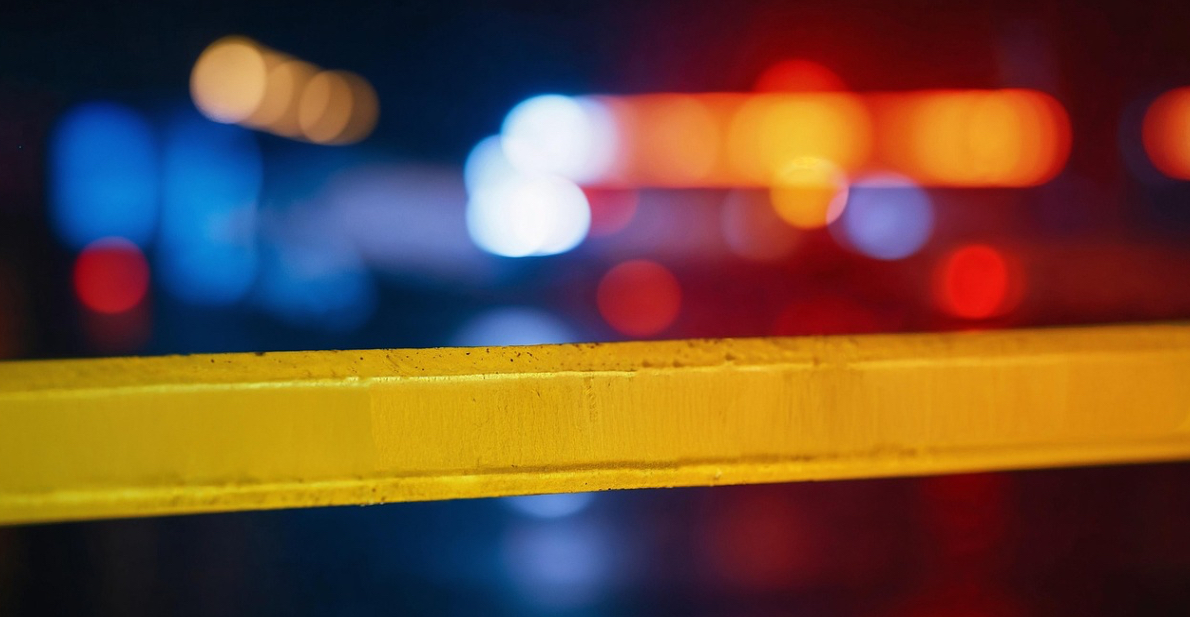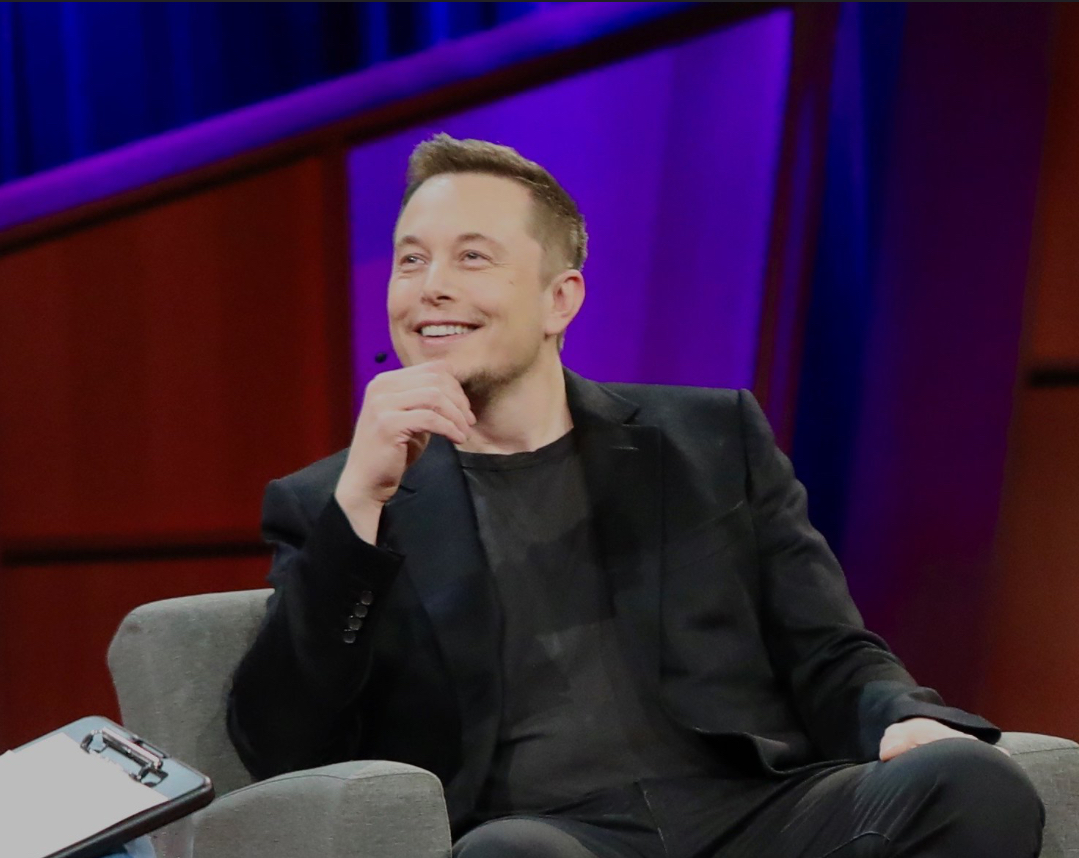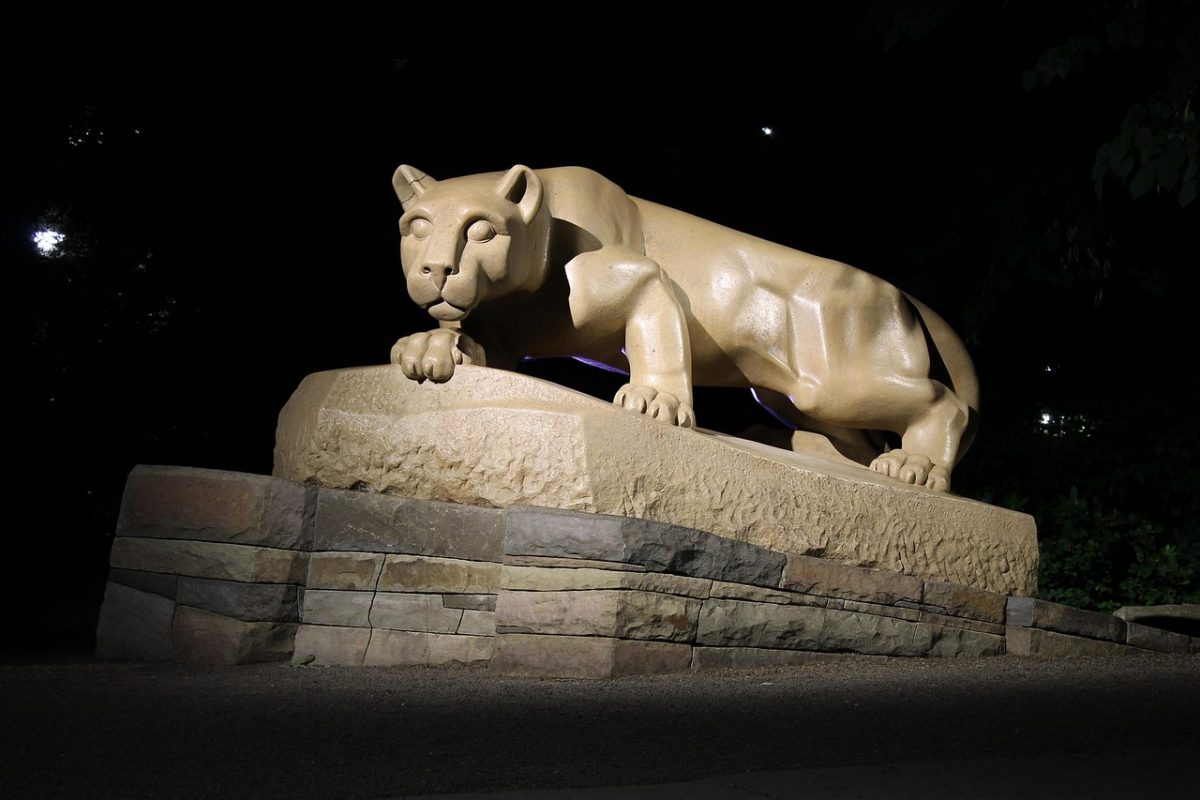By: Brenna Holycross
That childhood dream of becoming an astronaut might be able to come true.
Nasa was accepting applications for future astronauts on December 14, 2015 through mid-February 2016. They expect to announce the candidates selected mid-2017.
According to NASA, more than 18,300 people applied to be an astronaut, which is three times the amount of applicants received in 2012. Also, it breaks the previous record number of applicants which was 8,000 in 1978. However, NASA is only going to accept 8 to 14 people who will be reviewed and interviewed by NASA’s Selection Board.
NASA’s Selection Board will decide who is qualified through the Astronaut Candidate selection process. Applicants must meet a minimum of these requirements:
- U.S. citizen
- Bachelor’s degree from an accredited institution in engineering, biological science, physical science, or mathematics
- Degree has to be followed by at least three years of professional experience or 1,000 hours of pilot-in-command time
- 20/20 vision
- Not to exceed 140/90 blood pressure while sitting
- Standing height between 62 and 75 inches
If an applicant passes these qualifications, they then have to go through the selection process. It’s a week-long process of personal interviews, medical screening, and orientation. When the week passes, the final astronauts are selected.
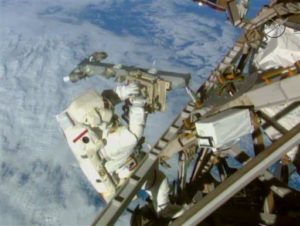
After the final astronauts are named, they have to go through training that will last two years. They will participate in the Astronaut Candidate training program which will help develop the knowledge and skills required for formal mission training. In this program, they will become scuba qualified to prepare them for spacewalk training, and they will complete military water survival before beginning their flying syllabus.
When the training is complete, the graduation from NASA’s astronaut training program requires the successful completion of the Russian language, robotics skills, and extravehicular activity skills training. However, those are not all of the requirements.
The final astronauts that are selected will continue the vital work that has been advanced in the past 15 years. In addition, NASA’s Space Launch System rocket and Orion spacecraft will launch astronauts on missions to prove the ground of the lunar orbit. This is where NASA will learn complex operations in a deep space environment before their journey to the planet Mars. Director of Flight Operations for NASA, Brian Kelly, states that it is an exciting time to be a part of America’s human spaceflight program.
“Our U.S. astronauts will be at the forefront of these new and challenging space flight missions,” Kelly said, “We encourage all qualified applicants to learn more about the opportunities for astronauts at NASA and apply.”



